The bigarreau cherry tree produces beautiful cherries, sweet and fleshy and firm, and its productivity is abundant.
Basic Bigarreau Cherry facts
Name – Prunus avium
Family – Rosaceae
Type – fruit tree
Height – 20 to 50 feet (6 to 15 meters)
Exposure – full sun
Soil – ordinary
Foliage – deciduous
Flowering – April
Harvest – June to July depending on the variety
Planting a Bigarreau cherry tree
Planting, for this cherry tree variety, is an important step because, if properly performed, it increases growth of the tree, fruit formation and thus the harvest of bigarreau cherries.
- It is highly recommended to plant it in fall to speed root development up.
Planting the bigarreau cherry tree in spring is also perfectly possible, but a consequence is that more watering is needed over the 1st year after planting. - Choose grafted cherry trees to be sure they will bear fruit.
- Refer to our guidelines for planting.
Pruning and caring for Bigarreau cherry trees
This is a topic that is quite divisive, because pruning a Bigarreau cherry tree, whatever the sub-variety, tends to weaken the tree and increases its vulnerability to many diseases.
Nonetheless, it might still be necessary to prune if the Bigarreau cherry tree grows too large, or if certain branches become too weak. Since cherry trees are more vulnerable when pruned, it must be performed as lightly as you can.
- Open up the center of the cherry tree to maximize the amount of light reaching through.
- Remove dead, fragile or broken branches.
- If a branch breaks, immediately apply pruning paste to the wound.
Pruning paste helps avoid contamination by diseases and fungus. - If your cherry tree is too large, prune it in August or September and protect it immediately with pruning paste.
All there is to know about Bigarreau cherry trees
Bigarreau cherry tree is a vigorous and fast-growing cherry tree. Certainly among the most commonly grown in temperate climates, it adapts well to most types of soil and climates.
Definitely a consideration when setting up an orchard or adding fruit trees in our gardens, the Bigarreau cherry tree offers many advantages.
- It has a magnificent late blooming that leads to high fruit formation rates.
- Its fruits are fleshy, sweet and rich in vitamin C.
- It adapts to almost any climate and requires neither special care nor watering.
Cherry tree varieties
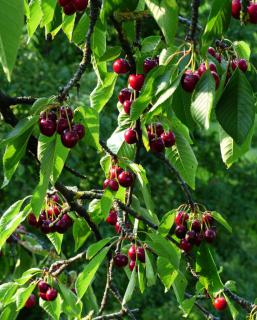
If you only plant one specimen, select a self-pollinating variety like ‘Bigarreau summit’ or ‘Bigarreau sweetheart’ for your desserts and preserves.
Finally, if an early harvest is what you are aiming for, prefer the Burlat Bigarreau cherry tree and its bright red and juicy cherries.
Your only option is to plant a self-pollinating variety when there will only be one cherry tree, if not, you won’t have any cherries.
Diseases and parasites attacking Bigarreau cherry trees
Cherry trees are considered sensitive fruit trees, and pruning must be avoided as much as possible: each wound is an entry point, for fungus especially.
- Cherry fly – Cherries are infested by fruit flies and pinholes appear on the cherry’s skin.
- Aphids – Cherry leaves curl themselves into cylinders and lose their original color, turning yellow.
- Scale insects –White or pinkish flour-like clots appear on branches and leaves.
- European brown rot – cherries rot on the tree.
Smart tip about Bigarreau cherry trees
Watch out for the damage that our bird friends can cause.
They can leave devour your harvest in only a few days.
- The best thing to do is to set up a protective net against birds, such as may be purchased in specialized stores.
- They can sometimes be frightened off if you hang shreds of aluminum foil or compact-discs on the branches.
But birds quickly are the wiser of such crude tricks…

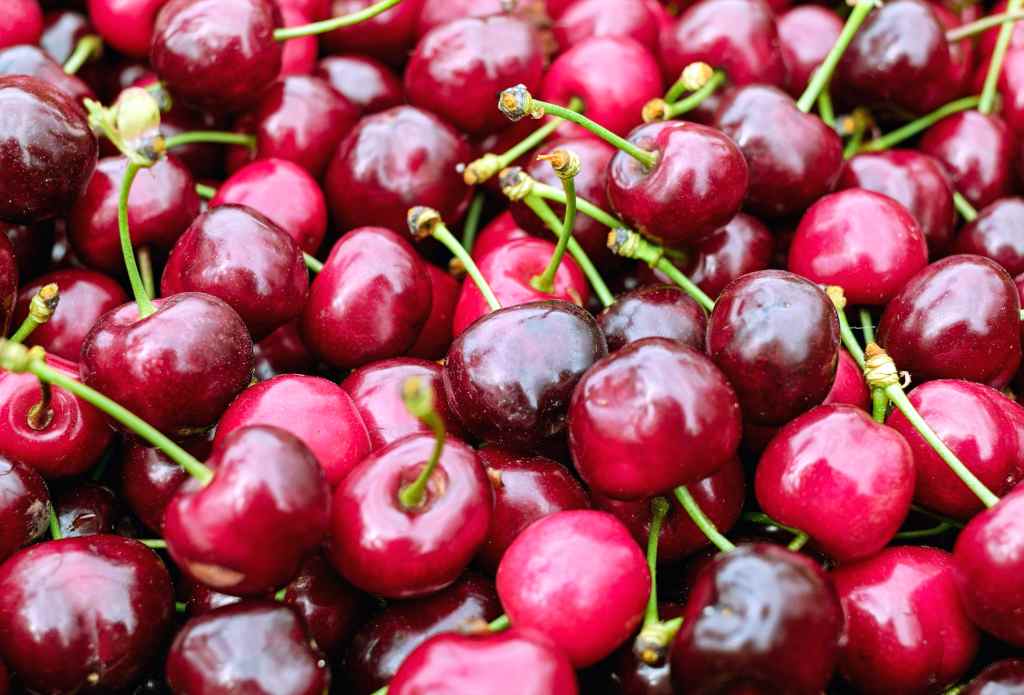
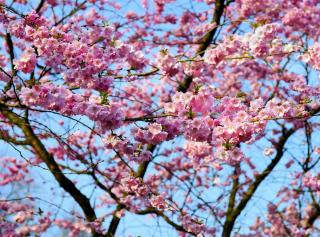
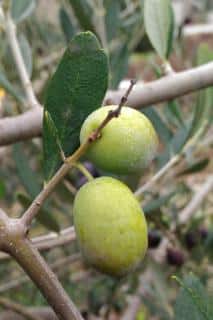
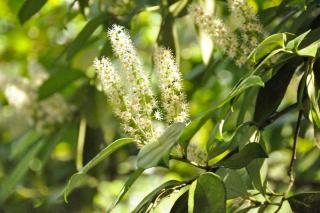
I have a question
Ask my questionI'd like to comment
Post a commentNo comments yet – be the first to share your thoughts!